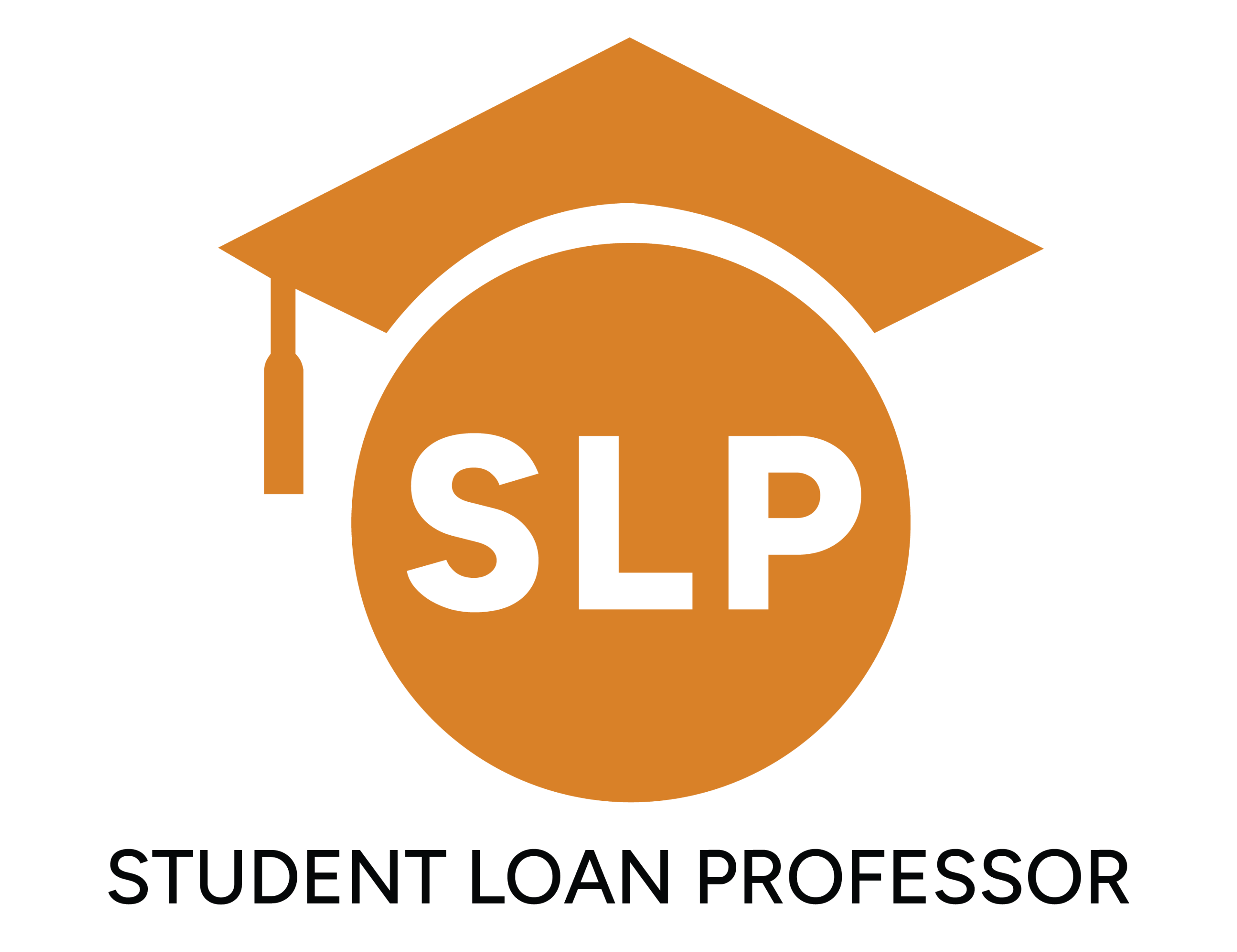Key Takeaways
- Access federal loan details via NSLDS; check credit reports for private loans.
- Understand balances, interest rates, and repayment terms to manage loans effectively.
- Automate payments, refinance private loans, and explore forgiveness for federal loans.
- Use tools like loan simulators or employer benefits to ease repayment burdens.
Understanding the Basics of Your Student Loan
A student loan is a type of financial aid that helps students cover the costs of higher education, including tuition, books, and living expenses. These can be federal student loans provided by the Department of Education or private student loans issued by banks or private lenders.
Most federal student loans include options like income-driven repayment plans and loan forgiveness programs, making them more flexible than private loans.
Types of Student Loans
- Federal Student Loans: Offered through government programs and can include Direct Subsidized, Unsubsidized, and PLUS loans. Some benefits of federal loans include fixed interest rates, access to forgiveness programs, and flexible repayment plans.
- Private Student Loans: Issued by banks, credit unions, or online lenders, these loans require a credit check and may have variable rates. Private loans don’t offer the same protections as federal ones.
How to Find Out Who Your Student Loan Provider Is
If you don’t know who your loan servicer is or the status of your loans, here are four simple steps to follow.
1. Log Into the Federal Student Aid Website
If you have a federal student loan, visit studentaid.gov. Use your FSA ID to log in and access your personal dashboard.
This site provides a breakdown of your federal student loan repayment terms, including the servicer, interest rates, and outstanding balance.
2. Contact Your School’s Financial Aid Office
If you’ve recently graduated, your school might still have records of your federal or private loans. Reach out to the financial aid department for assistance.
3. Check Your Credit Report
Private loan servicers might not appear in a centralized database. You can use AnnualCreditReport.com to get a free credit report, which will show your student loan payments, servicer, and other key financial details.
4. Contact Your Loan Servicer Directly
If you know your servicer, reach out to their customer service team.
Private loan providers like Sallie Mae, Navient, and Earnest typically have customer support teams that can provide the information you need after verifying your identity.
Understanding Your Student Loan Breakdown
Once you’ve identified your loans, it’s essential to understand a few key aspects, such as:
- Outstanding Balance: This is the total amount you owe, including principal and interest. This information can impact your choice of repayment plans and your financial goals.
- Interest Rate: Federal loans typically have fixed rates, while private loans might offer variable rates. Knowing your rate helps you calculate how much you’ll pay over time.
- Repayment Terms: Terms vary based on the type of loan. Federal loans generally offer terms from 10 to 30 years with options for income-driven plans, while private loans typically have shorter repayment periods.
- Eligibility for Forgiveness: Federal programs like Public Service Loan Forgiveness (PSLF) or Teacher Loan Forgiveness can discharge part or all of your loans. Verify eligibility based on your loan type and employment.
Managing Your Student Loans
Effectively managing your student loans ensures you don’t default on payments or incur a fine for missing payments. Here are a few tips for effectively planning, tracking, and managing your student loans:
- Automate your payments: Setting up automatic payments ensures you never miss a deadline and helps you avoid late fees. Most loan servicers offer an interest rate discount, usually 0.25%, for enrolling in autopay.
- Select the right repayment plan: Use tools like the Federal Loan Simulator on studentaid.gov to compare your options. For private loans, reach out to your lender to explore interest-only or extended repayment options.
- Prioritize high-interest loans: Focus extra payments on the loans with the highest interest rates while maintaining minimum payments on others. This strategy, known as the “avalanche method,” minimizes the overall cost of repayment.
- Take advantage of employer benefits: Many employers now include student loan repayment assistance in their benefits packages.
- Consider refinancing: Refinancing is a good option if you have high-interest private loans and a strong credit score. However, don’t refinance federal loans if you’re eligible to have your federal student loans forgiven.
Ready to Take Control of Your Student Loans?
Understanding and managing your student loans doesn’t have to be overwhelming. Whether you’re trying to figure out your current loan situation or thinking of refinancing to start fresh, reach out to the Student Loan Professor for help.
Together, we can simplify your journey to becoming debt-free.
Brandon Barfield is the President and Co-Founder of Student Loan Professor, and is nationally known as student loan expert for graduate health professions. Since 2011, Brandon has given hundreds of loan repayment presentations for schools, hospitals, and medical conferences across the country. With his diverse background in financial aid, financial planning and student loan advisory, Brandon has a broad understanding of the intricacies surrounding student loans, loan repayment strategies, and how they should be considered when graduates make other financial decisions.



![Our Honest Thoughts On Aidvantage Student Loans [For 2025]](https://www.studentloanprofessor.com/wp-content/uploads/2024/10/SLP_fallback_2-no-logo-400x250.jpg)

